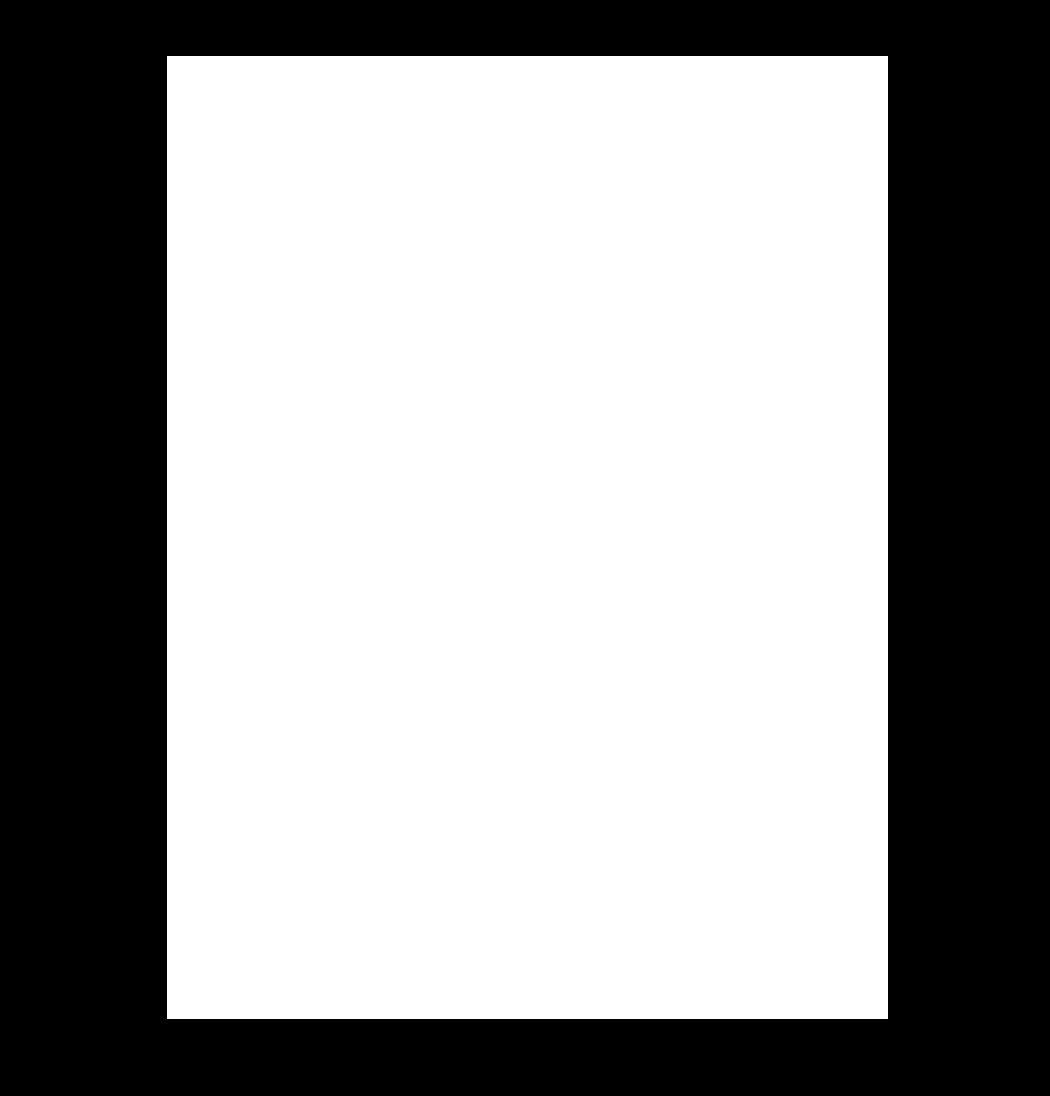Rules of the Game, Part 1: Everyday Constraints
An introduction to how rules and constraints have formed me—and you—as an artist
What we talk about when we talk about ‘constraints’
If you are new to my list, you might have noticed that I use the word “constraint” a lot. A whole lot. To me, it is not a negative word signifying things you can’t do, but a productive one: I think of constraints like the rules of a game.
This is the first of a short series of posts about constraints, limitations, or restrictions, and how you can use them as a tool for focusing your creativity and even pushing you into new directions of innovation in your work.
I’m going to introduce two different aspects of constraints that are related but crucially different: In this first post I’ll be talking about everyday constraints, and later I’ll get into what I call creative constraints.
Everyday constraints
Whatever domain you're working in and whether it's creative or academic or business-related, it's important to be aware of the limitations and parameters that are pre-existing in whatever your current activity is, whether that's writing copy or creating a work of art.
For example, one problem we all share is the challenge of the blank page, the blank screen, the blank canvas… We've all experienced that anxiety and feeling of helplessness when staring at a blank sheet with the aim of writing or drawing something and not knowing where to start and what to do.
But even at that basic level, it can help to think about, for example, the shape and size of whatever that blank medium is.
So, if it's a sheet of paper, it's probably rectangular, it's probably a certain size and a certain ratio, and that can start to help you think about how you might imagine it as a window that you're looking through.
If you're writing, it can be helpful to think about the final format that people are going to be reading: Are you writing for a screen or a printed format? Is it something that's going to have to fit in a very specific window of a smartphone? or a text box embedded in a larger graphic?
If you're writing for a particular platform, like Substack, when you get beyond a certain point in my post, you get a little warning saying, “Near email length limit,” meaning your mailing is going to get cut off and people will need to open the web version or the app to finish reading the post. (It’s a constraint that I have not yet mastered.) You can go past that limit, but it's helpful to have that kind of boxed-in sense because it helps you to focus your thinking, your writing, your drawing, or whatever it is that you're doing.
You’re also helping your readers by giving them an agreeable reading experience"—being forced to open a new window to finish a sentence is the kind of constraint that doesn’t really make anyone happy.
Being aware of these kinds of limitations, then, even at your starting point, can be freeing and help you focus in your work. Whatever medium or domain or technology you’re using, it's really helpful—I would say crucial—to understand what those pre-existing parameters and limitations are, to stop yourself from going down rabbit holes or, or painting yourself into a corner.




I like the comparison between writing and drawing. Do you ever impose the equivalent of word count limits on yourself? For example, I will often aim to write no more than, say, 75 words on a topic, or even a random number like 57. I wrote an article once in which the constraint was the value of Pi, and one (forthcoming) based on the Fibonacci sequence.
Constraints are all around us. Environmental and social. Isn’t the moment one applies your concept of the constraint to the work at hand, the moment that the conditions become generative of art or decision making or what have you? The constraint seems like a larger formulation which applies equally to the routine turns of life as well as to the small practices of artmaking. Thank you for getting me to think about this. I await the next post. (I’m sure I’ve exceeded my word limit).